シャンパーニュブレンド
Which grapes are included in the blend, and their proportion, is one of the key factors determining the style of most Champagnes. Three grapes are used - Pinot Noir, Chardonnay and Pinot Meunier.
26% of vineyards in Champagne are planted with Chardonnay and it performs best on the Côtes des Blancs and on the chalk slopes south of Epernay. It is relatively simple to grow, although it buds early and thus is susceptible to spring frosts. It produces lighter, fresher wines than those from Burgundy and gives finesse, fruit and elegance to the final blend. It is the sole grape in Blancs de Blancs, which are some of the richest long-lived Champagnes produced.
Pinot Noir accounts for nearly 40% of the plantings in Champagne and lies at the heart of most blends - it gives Champagne its body, structure, strength and grip. It is planted across Champagne and particularly so in the southern Aube district.
The final component is Pinot Meunier and this constitutes nearly 35% of the plantings. Its durability and resistance to spring frosts make the Marne Valley, a notorious frost pocket, its natural home. It ripens well in poor years and produces a soft, fruity style of wine that is ideal for blending with the more assertive flavours of Pinot Noir. Producers allege that Pinot Meunier lacks ageing potential, but this does not deter Krug from including around 15% of it in their final blends.
-
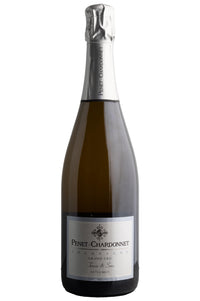 ChampagneChampagne Penet-Chardonnet, Terroir & Sens, Grand Cru, Extra BrutReady - youthful
ChampagneChampagne Penet-Chardonnet, Terroir & Sens, Grand Cru, Extra BrutReady - youthful -
 HampshireHambledon, Classic Cuvée, Sparkling, Hampshire, EnglandReady - mature
HampshireHambledon, Classic Cuvée, Sparkling, Hampshire, EnglandReady - mature -
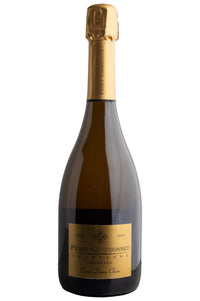 Champagne2009 Champagne Penet-Chardonnet, Cuvée Prestige Diane Claire, Grand Cru, Verzenay, Extra BrutReady - mature
Champagne2009 Champagne Penet-Chardonnet, Cuvée Prestige Diane Claire, Grand Cru, Verzenay, Extra BrutReady - mature -
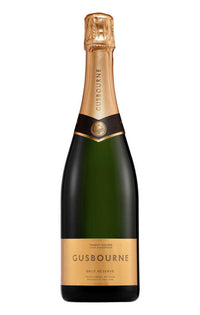 Kent2013 Gusbourne Estate, Brut Reserve, Sparkling, Kent (Late Disgorged)Ready - mature
Kent2013 Gusbourne Estate, Brut Reserve, Sparkling, Kent (Late Disgorged)Ready - mature -
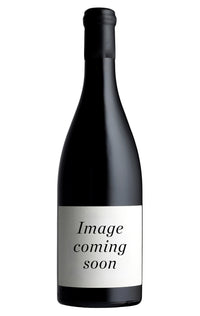 Lombardy2018 Franciacorta Rosé, Donna Clemy, Biondelli, Lombardy, Italy
Lombardy2018 Franciacorta Rosé, Donna Clemy, Biondelli, Lombardy, Italy -
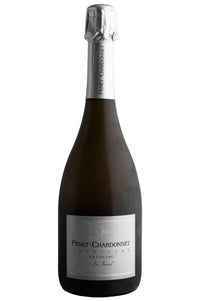 Champagne2010 Champagne Penet-Chardonnet, Les Fervins, Grand Cru, Verzy, Extra BrutReady - mature
Champagne2010 Champagne Penet-Chardonnet, Les Fervins, Grand Cru, Verzy, Extra BrutReady - mature -
 HampshireBerry Bros. & Rudd English Sparkling Rosé by Hambledon, Hampshire, EnglandReady - mature
HampshireBerry Bros. & Rudd English Sparkling Rosé by Hambledon, Hampshire, EnglandReady - mature
Showing 1–7 of 7 items
24 Products per page






